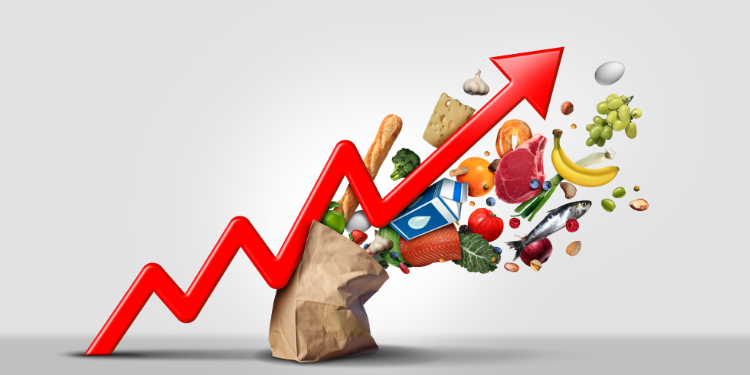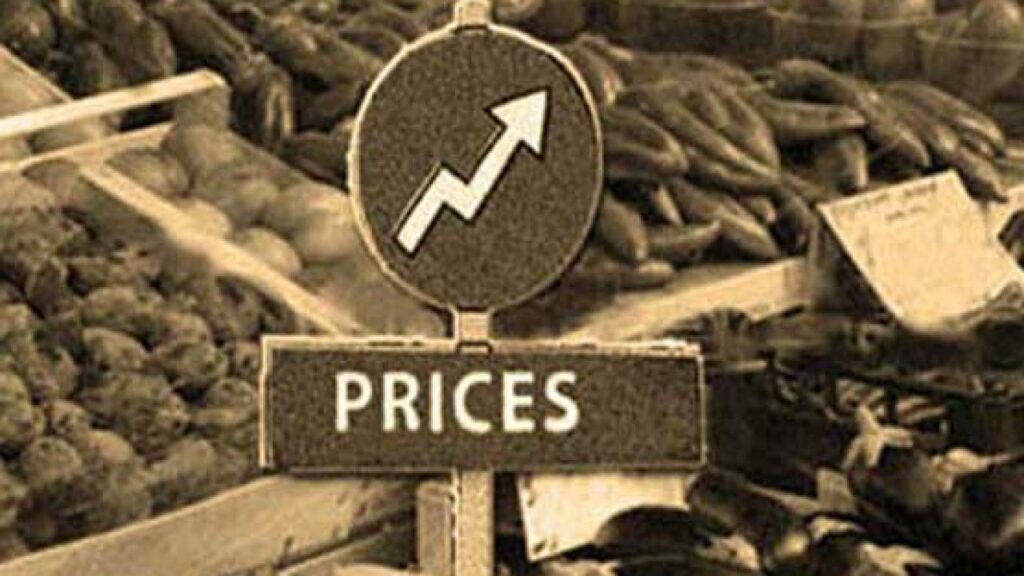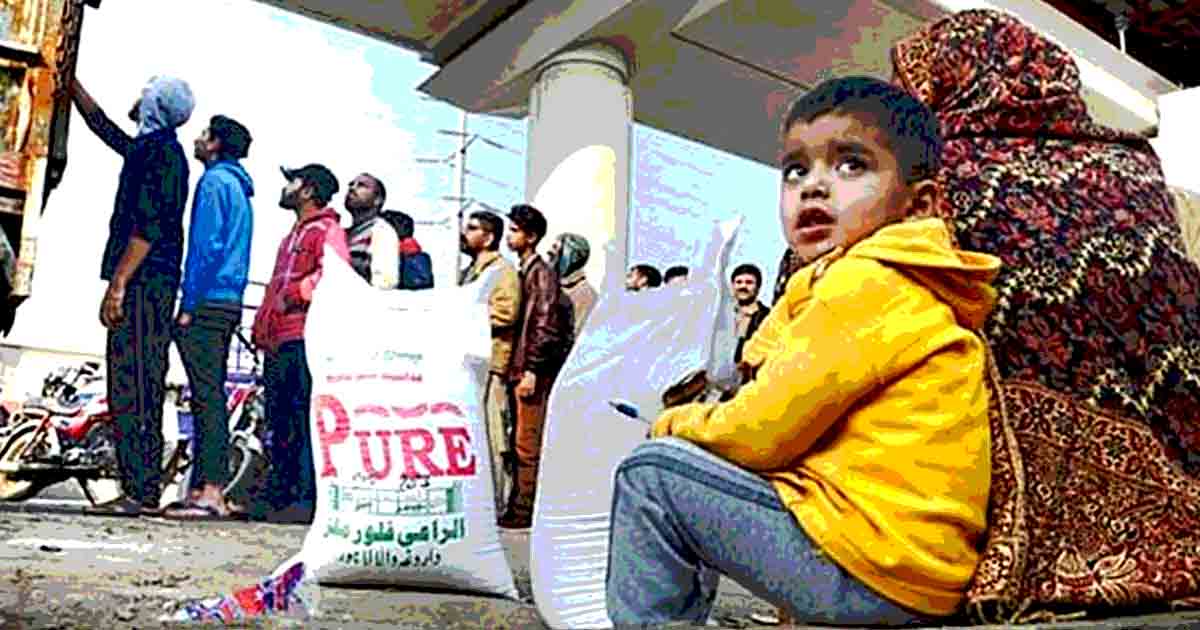Last month, prices rose at the quickest pace ever in the country’s history. According to data, food, beverage, and transport costs are driving inflation to a point where families have to make choices and sacrifices. “Inflation is measured by a basket of products called the Consumer Price Index (CPI), which jumped to 31.6 percent in February year-on-year,” said the Pakistan Bureau of Statistics on Wednesday.
This was the highest annual rate since data became available. Research firm Arif Habib Ltd. Also expects inflation to rise even further in the coming months.

Inflation surpassed 30% last month after being controlled at 20% for eight months from June to January. The 30% figure is where families will have to make choices and sacrifices. Inflation was 12.2% in February last year. Data shows that the CPI basket rose 31.6% in February, the biggest jump since mid-1965.
The goods and services in the CPI basket are divided into 12 major components with different weights and costs in four categories: transport, food and non-alcoholic beverages, alcoholic beverages, tobacco, recreation, and culture, all of which increased by around half.
Passage of Supplementary Bill
Prices in February rose to 4.3% compared to January, the highest rate since October’s 4.7%. The government passed a supplementary bill last month, increasing the prices of all items, including service tax, to 18% from 17% to help raise an extra RS170 billion in revenue for the fiscal year through July.
The government is taking serious decisions, aiming to increase revenue through taxes. The rupee’s value is lowering as it negotiates a deal with the IMF to secure more than $1 billion in funding. At the start of the month, the rupee shed 1.73%, closing at 266.11 against the dollar on Wednesday. The dollar rate has increased, causing the value of the rupee to decrease.

Mustafa Pasha said, “Inflation is expected to continue rising in the months ahead as IMF-mandated structural adjustments and currency devaluation filter through the supply chain.” Core inflation increased by 17.1% and 21.5% year-on-year for urban and rural centers, respectively.
Within the month of February, the average inflation rate has now reached 26.2% this fiscal year, compared to 10.52% in the previous year. Food items had the highest price increase in February compared to a year ago.

